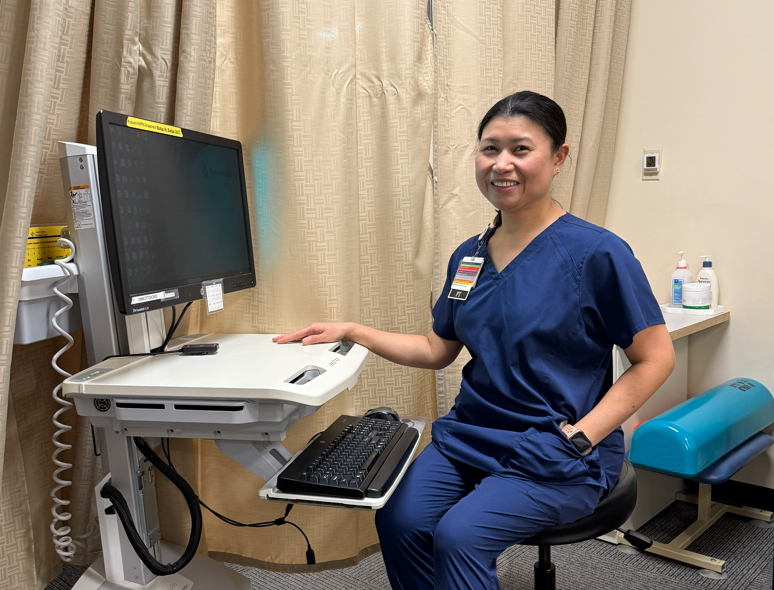Older men with low muscle mass are at significantly increased risk of hip and potentially other fractures, according to new research led by investigators at Sutter Health’s San Francisco Coordinating Center. This is in contrast to earlier studies that suggested muscle mass was unrelated to fracture risk.
Results of a prospective study were published online earlier this month in the Journal of Bone and Mineral Research, the official journal of the American Society for Bone and Mineral Research.
“Previous studies suggested low levels of lean muscle mass are unrelated to a higher risk of fracture. This has led some researchers to erroneously conclude that muscle is relatively unimportant for fracture risk,” says Peggy Cawthon, Ph.D., lead author of the study and principal investigator of the Osteoporotic Fractures in Men Study Research Group at SFCC. “However, these new results suggest low muscle mass is in fact associated with increased risk of hip fractures in older men, even after accounting for factors such as age and bone mineral density.”
 Cawthon and colleagues prospectively studied 1,363 men (mean age of 84.2 years) and measured their muscle mass using a new method called D3-creatine (D3Cr) dilution. The risk of fracture was determined based on D3Cr results and the potential impact of physical performance, such as walking speed, chair stands and grip strength.
Cawthon and colleagues prospectively studied 1,363 men (mean age of 84.2 years) and measured their muscle mass using a new method called D3-creatine (D3Cr) dilution. The risk of fracture was determined based on D3Cr results and the potential impact of physical performance, such as walking speed, chair stands and grip strength.
Results after about four years of follow-up showed older men with the lowest amounts of muscle mass were six times more likely to have a hip fracture than men with the highest levels of muscle mass.
“The clear association between muscle mass and hip fracture was striking,” says Dr. Steve Cummings, founder and director of the SFCC and a principal investigator of the study at Sutter’s California Pacific Medical Center. “Our findings suggest muscle mass is an important contributor to fractures. Resistance exercise and even simple activities like climbing stairs may be important for maintaining muscle strength and preventing fractures. However, more information from the best evidence—randomized controlled trials—is needed to confirm these findings and help guide clinical decision making.”
Cawthon notes that the study was partly limited by its sole focus on males, as the measure of muscle mass was added to an ongoing study about osteoporosis in men.
“It is important to determine if these associations are also true in women,” she says. “If so, then it will be critical to test whether interventions that improve muscle mass also lower fracture risk, and how the D3Cr dilution assessment of muscle mass may potentially be used in the clinic to measure health outcomes.”
About 36 million falls are reported among older adults each year—resulting in more than 32,000 deaths. Every year, about 3 million older adults are treated in emergency departments for a fall injury. One out of every five falls causes an injury, such as broken bones or a head injury. Each year at least 300,000 older people are hospitalized for hip fractures.
For more on falls among the elderly, go to the Centers for Disease Control and Prevention site on Preventing Older Adult Falls.





